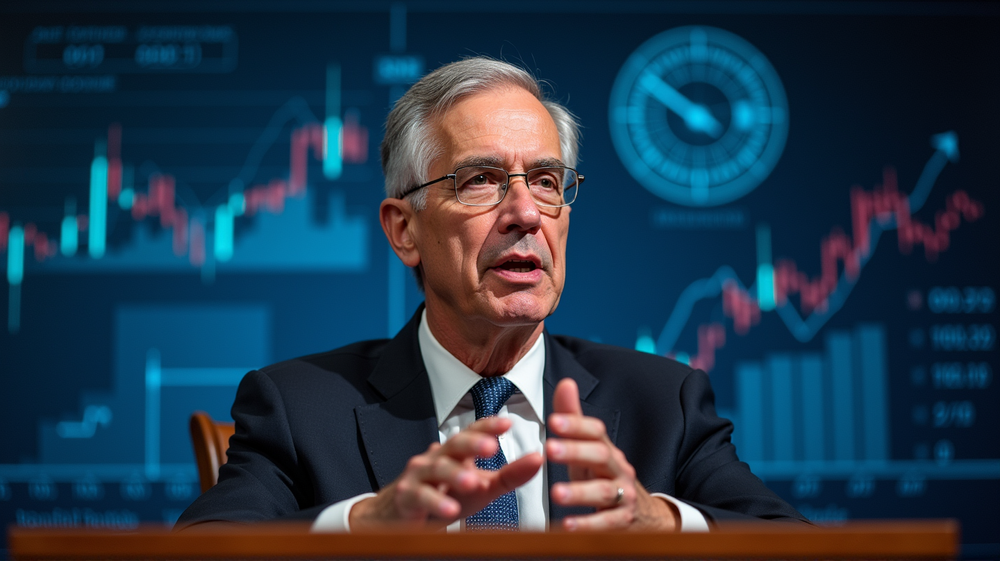In a decisive move to bolster economic growth and employment, the Federal Reserve has once again cut its key interest rate, marking the second reduction this year. This action, however, comes with a caveat: future rate cuts are far from guaranteed. As stated in AP News, Federal Reserve Chairman Jerome Powell emphasized the lack of consensus among policymakers, underscoring the complexity of the current economic landscape.
The Rationale Behind the Rate Cut
Facing a sluggish job market and persistent inflation, the Fed’s latest decision reduces borrowing costs, theoretically paving the way for increased consumer spending and business investments. The quarter-point cut adjusts the Fed’s key rate to approximately 3.9%, a strategic attempt to balance inflation control with stimulus efforts.
Powell’s Cautious Approach
Chairman Powell, speaking at the Federal Open Market Committee meeting, acknowledged the challenges posed by the ongoing government shutdown, which has paused critical economic reports. Without these signposts, Powell noted, the Fed had to rely on limited data sources, prompting a more conservative approach to future decisions.
Market Reactions and Global Implications
The financial markets, which had largely anticipated another rate reduction in December, reacted to Powell’s cautious outlook with slight declines. Analysts like Gennadiy Goldberg from TD Securities remarked, “Powell poured cold water on the idea that the Fed was on autopilot for a December cut.” This sentiment reflects the broader uncertainty permeating global markets.
Internal Divisions Within the Fed
Points of contention emerged among the Fed’s policymakers, with dissenting opinions on the recent rate cut. Jeffrey Schmid of Kansas City opposed the move, citing persistent inflation risks, while Stephen Miran advocated for a more aggressive half-point reduction, aligning with former President Trump’s criticisms of Powell’s pace.
Navigating a Data Desert
The absence of comprehensive government data has made the Fed’s task increasingly complex. Scheduled reports on employment and inflation remain delayed or indefinitely postponed, exacerbating the challenges faced by policymakers in their decision-making processes.
The Road Ahead
As the Federal Reserve navigates this uncertain terrain, Powell signaled the importance of being adaptive, watching corporate layoffs, and analyzing whatever data becomes available to make informed choices. This stance signifies a commitment to mitigate economic risks while cautiously stimulating growth.
The economic journey ahead is fraught with ambiguity, but with careful observation and strategic decision-making, the Fed aims to strike a delicate balance between fostering employment and controlling inflation.












